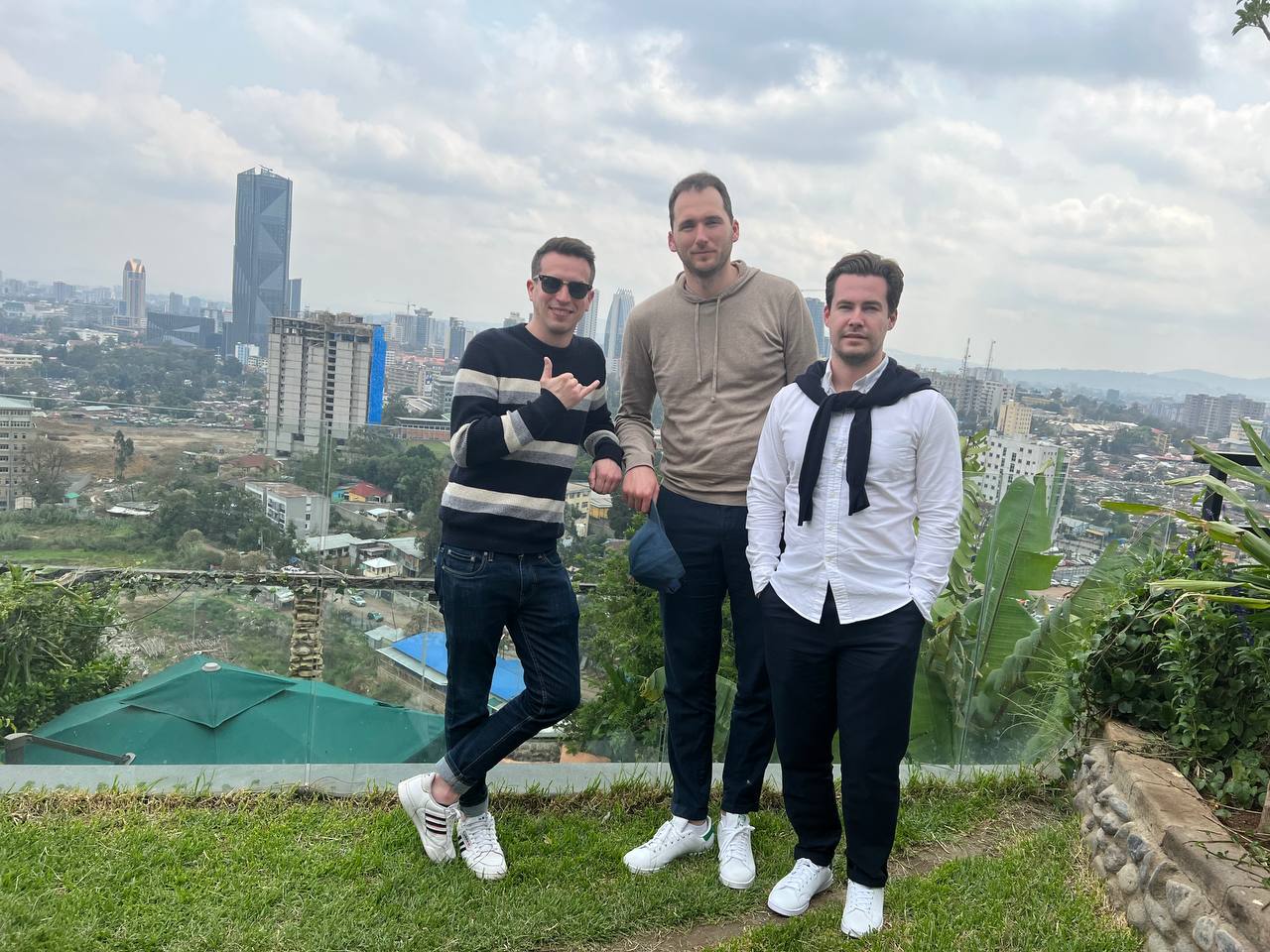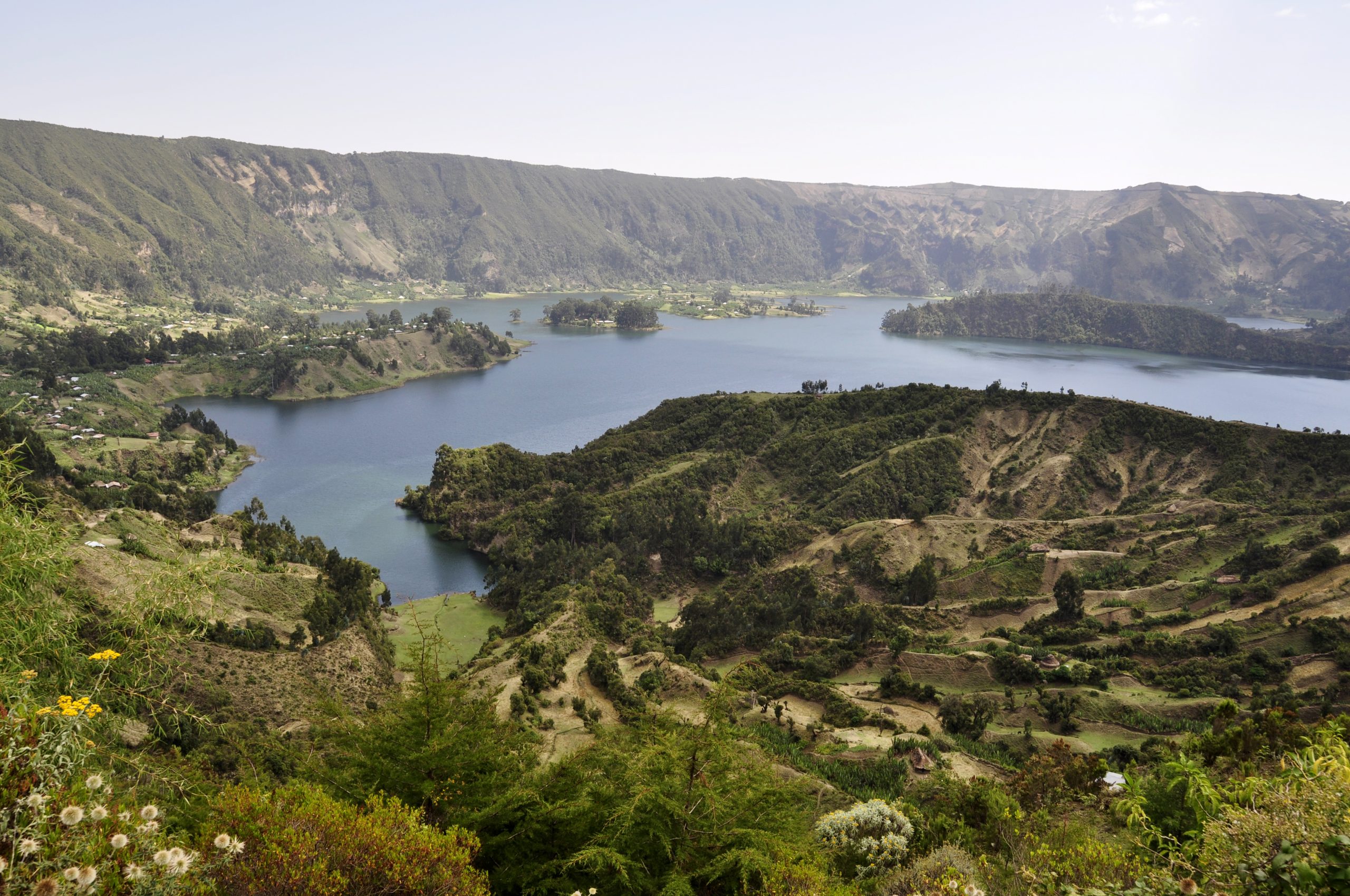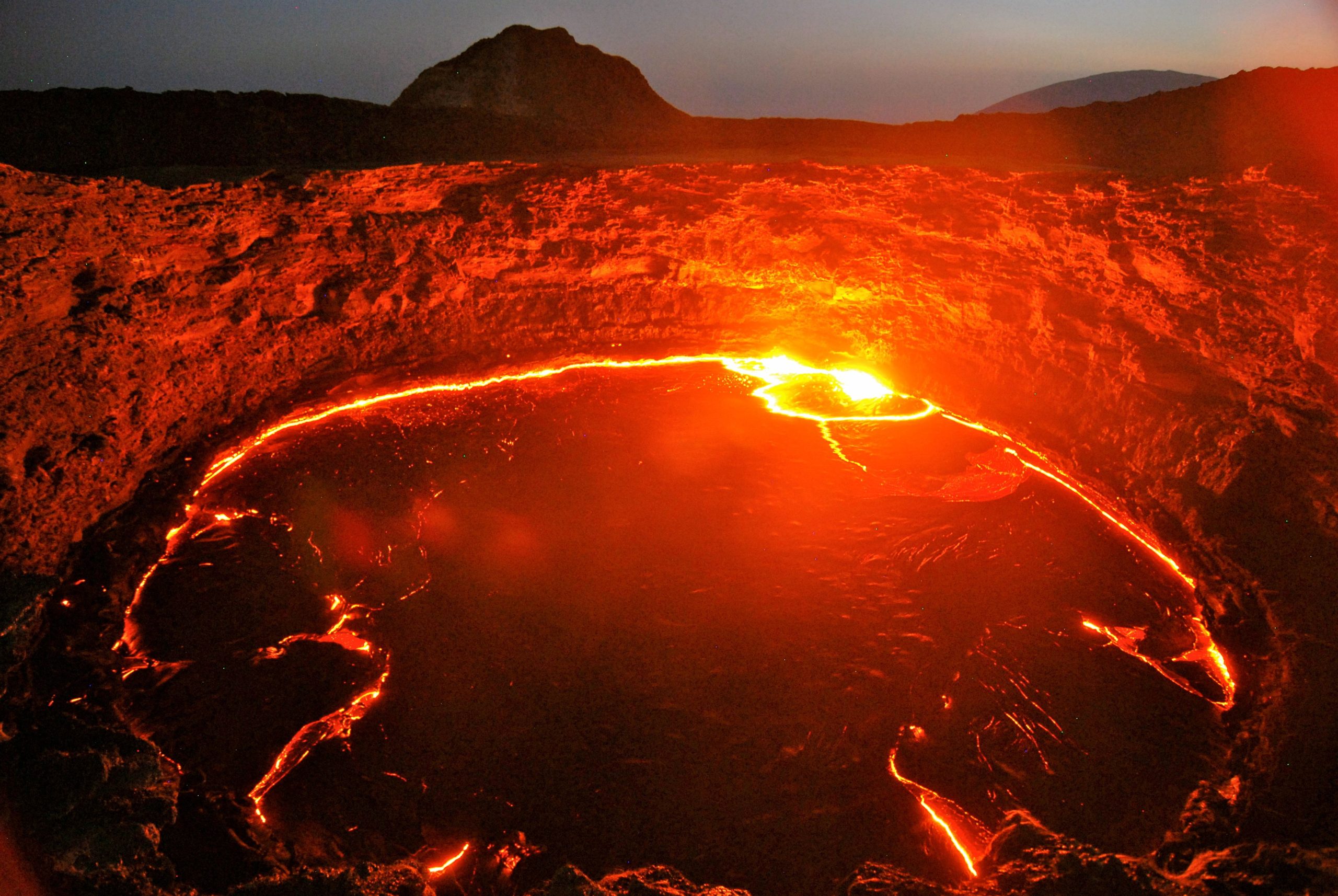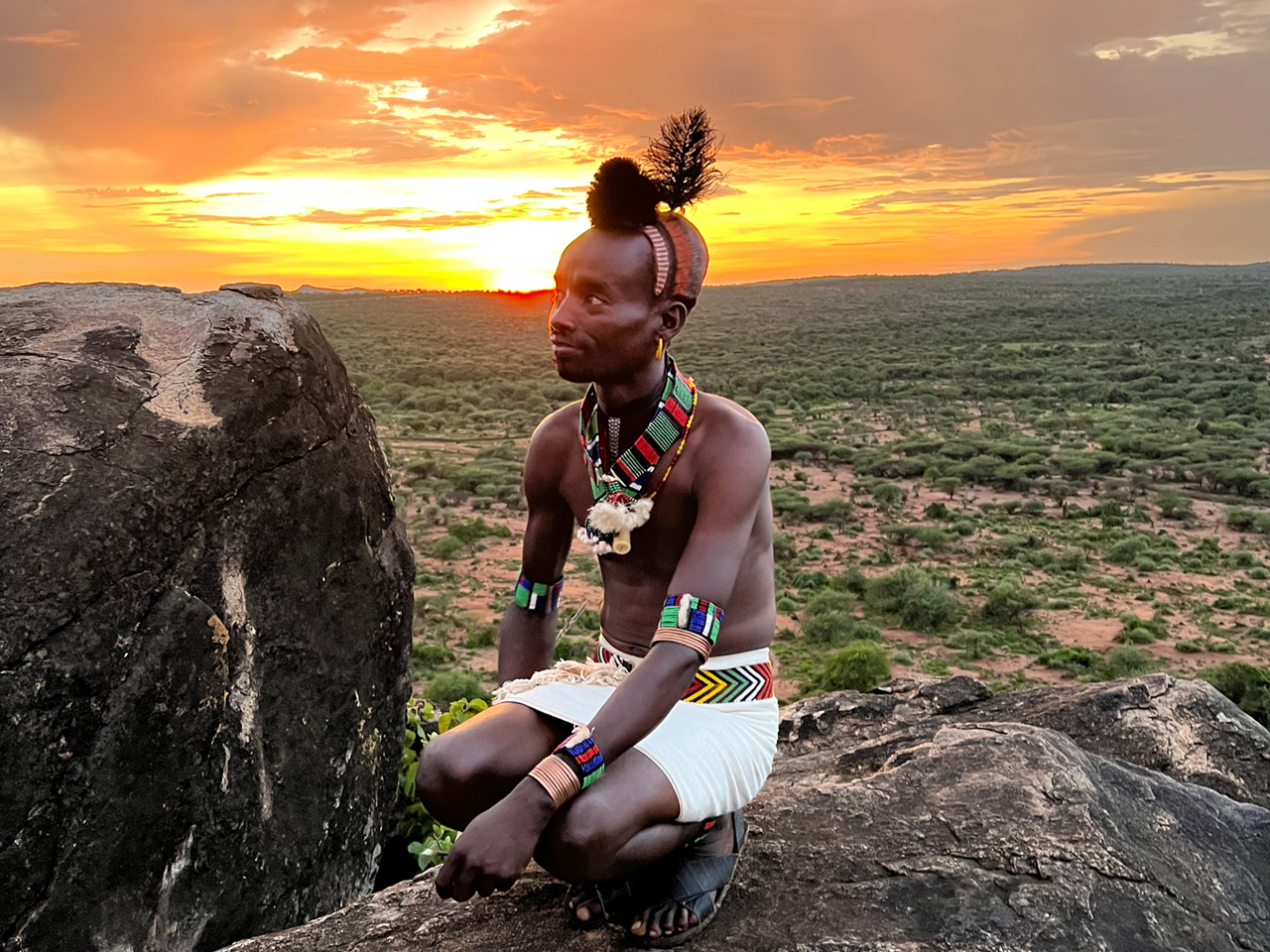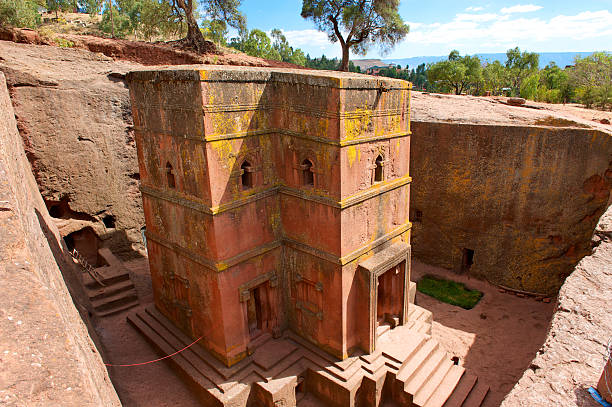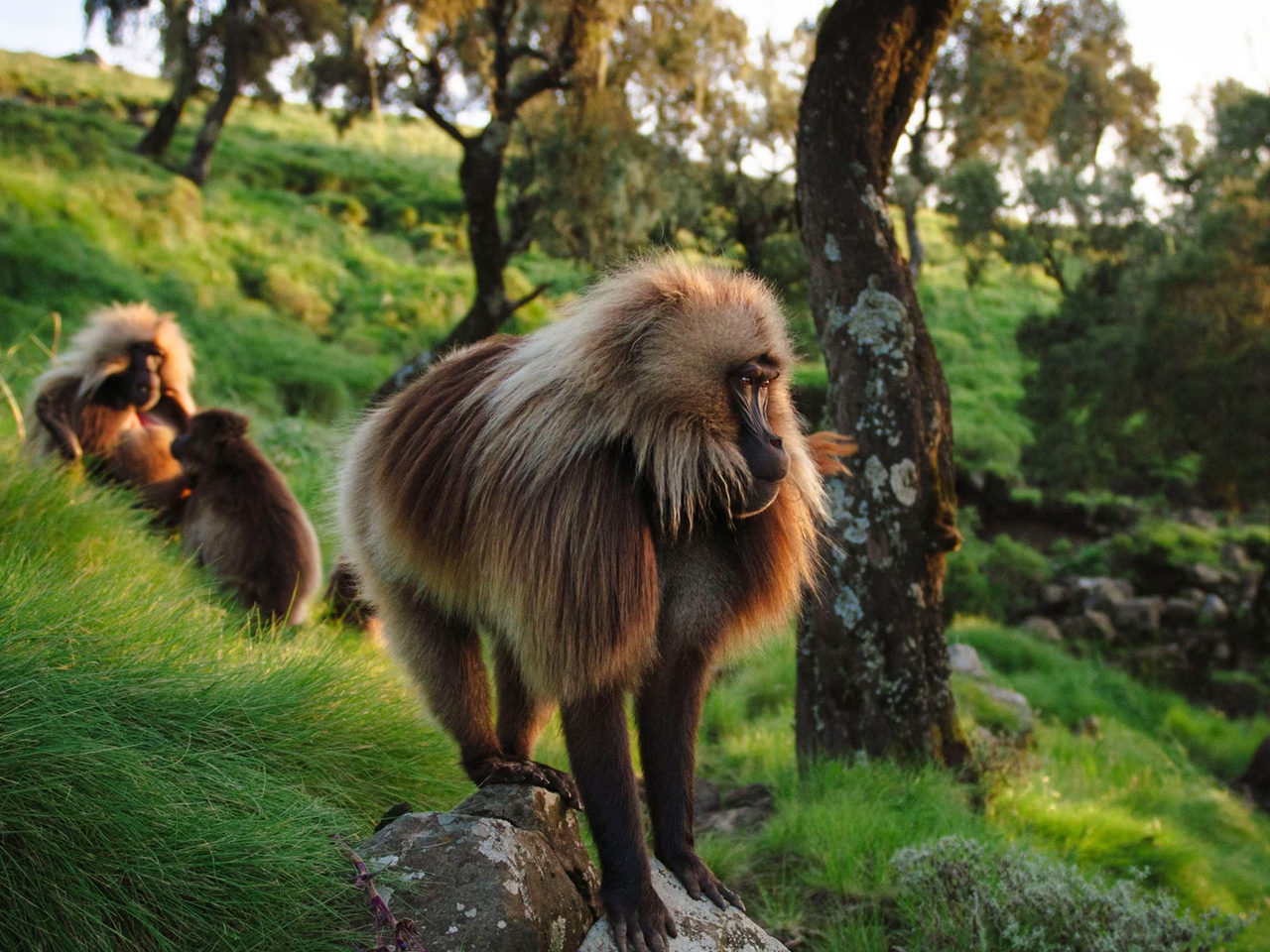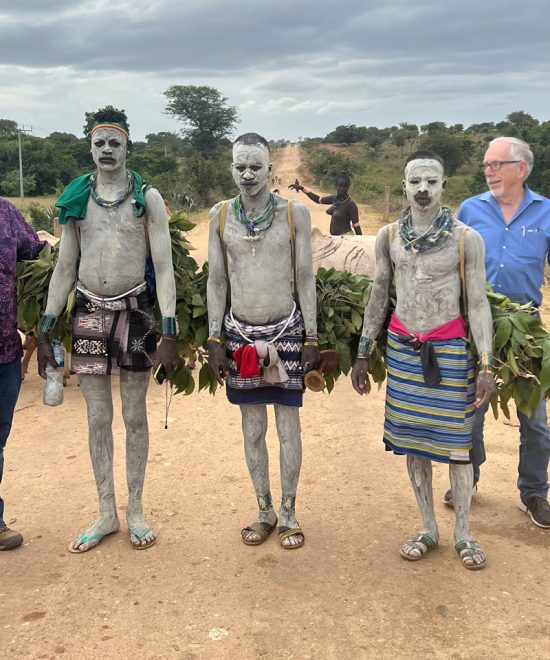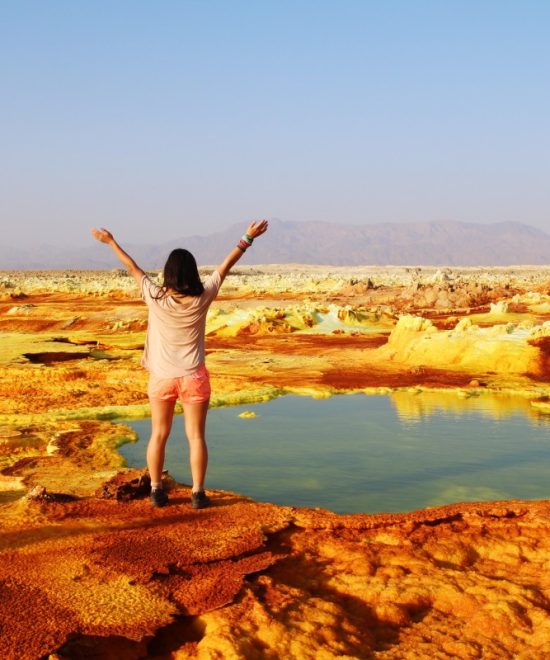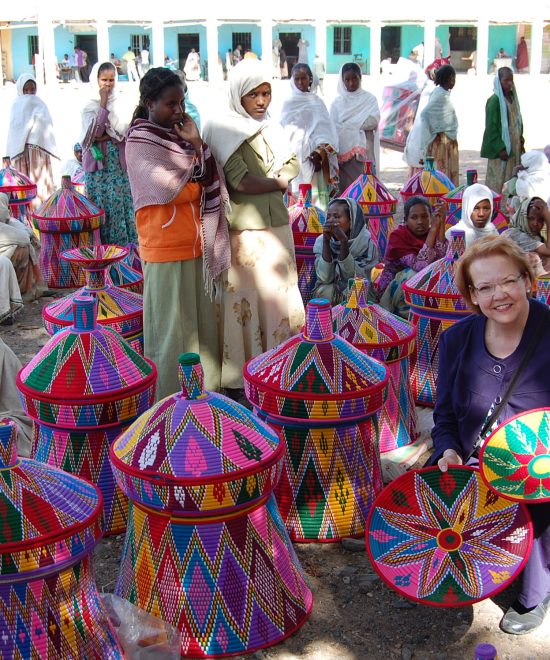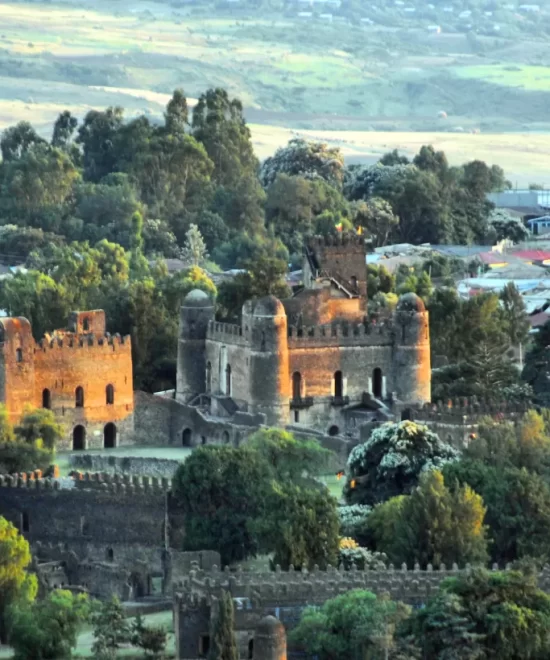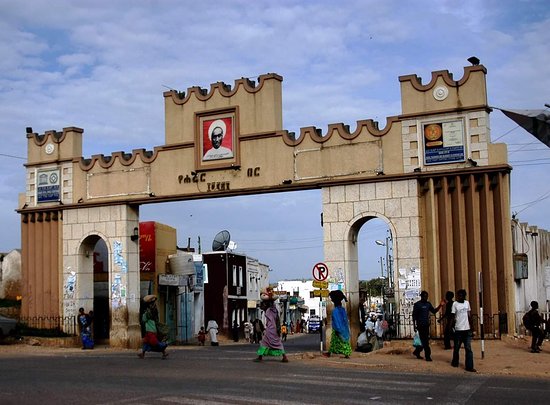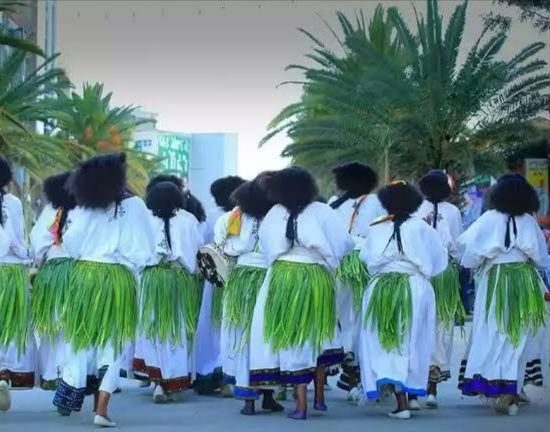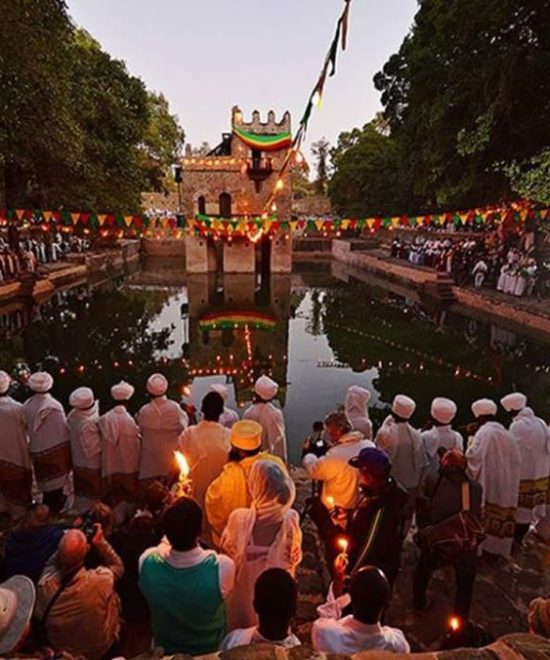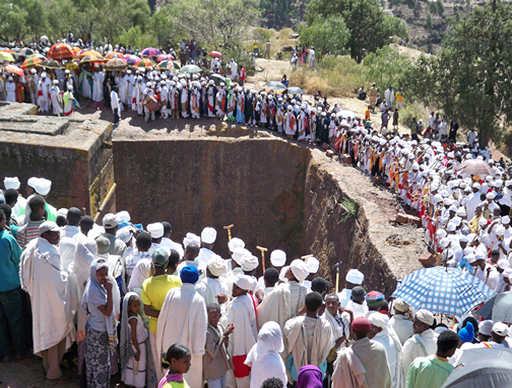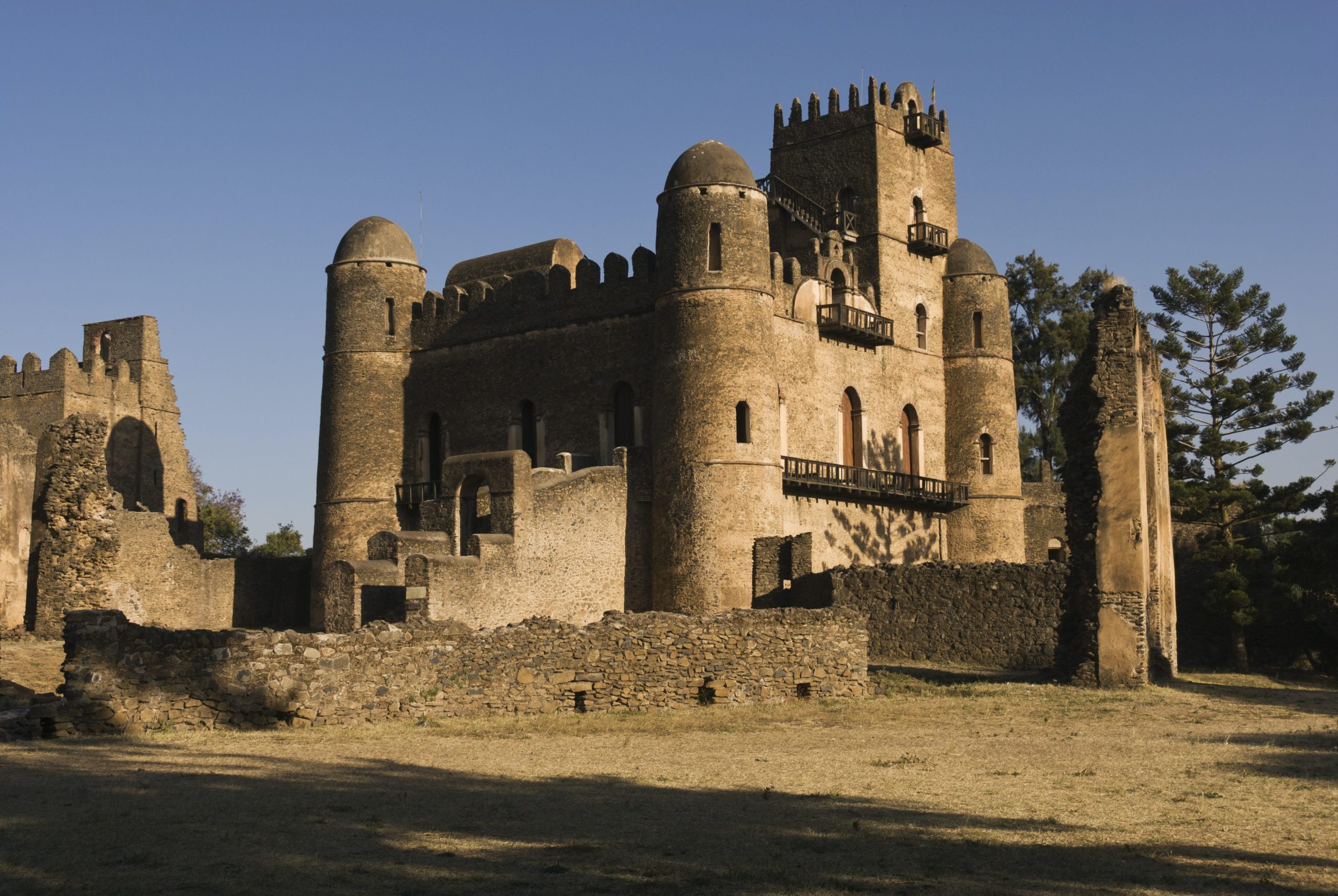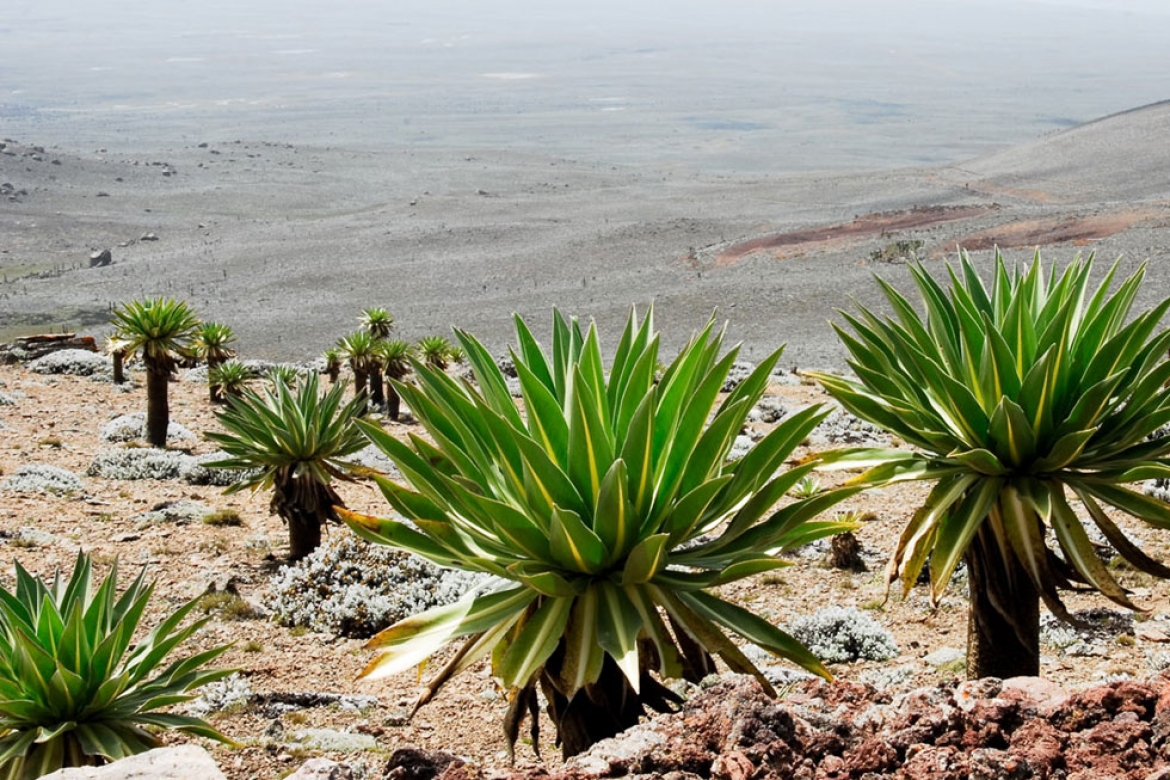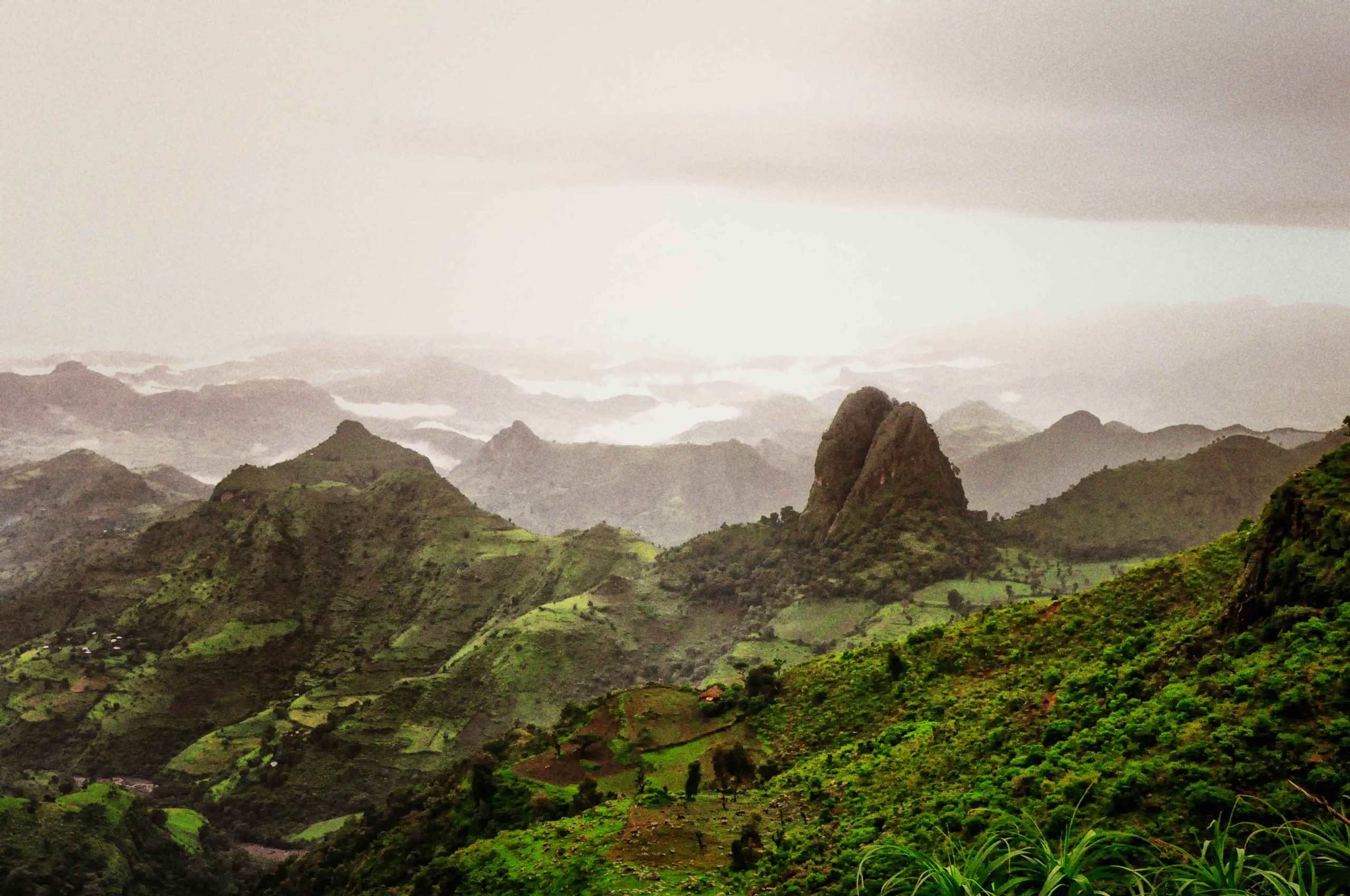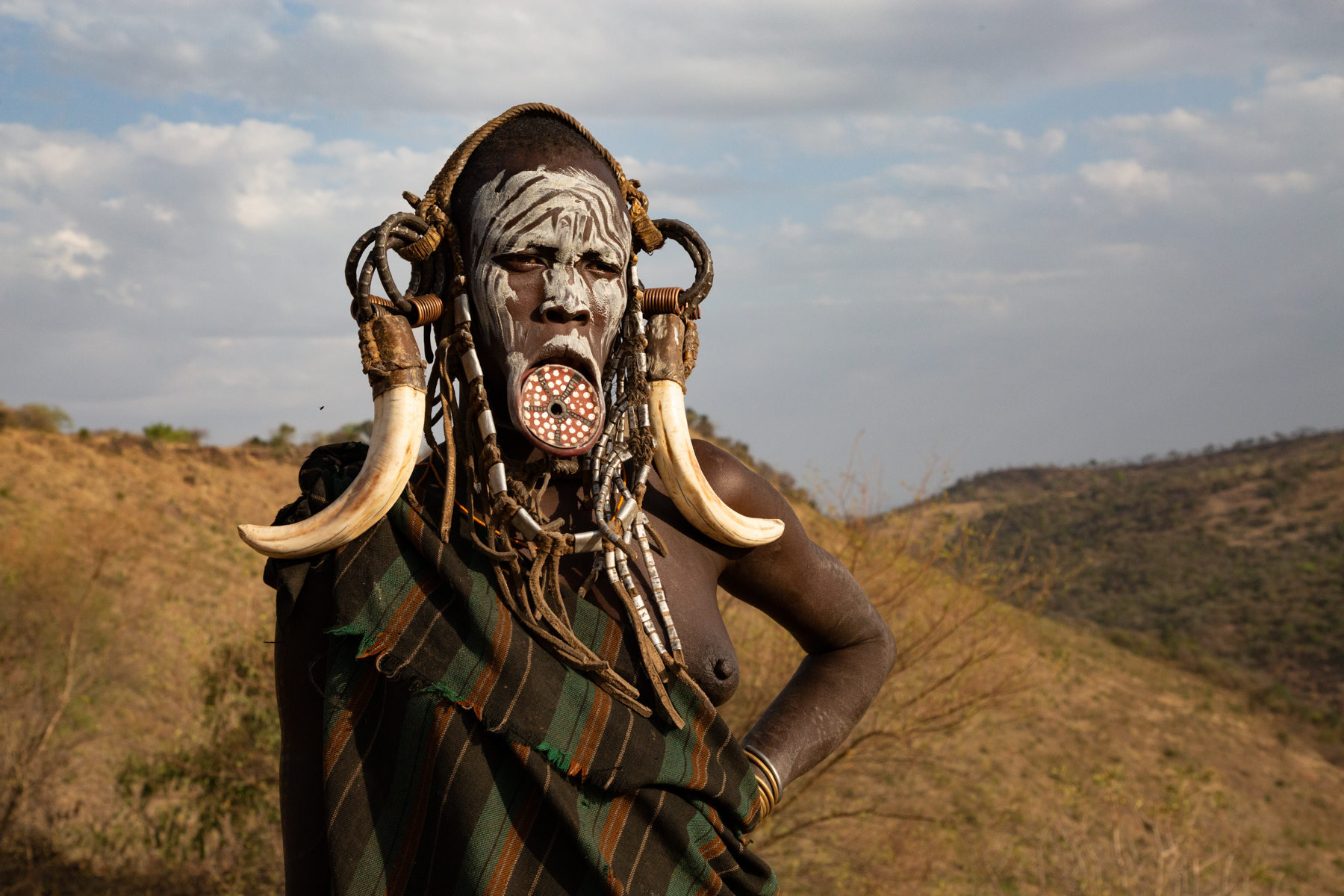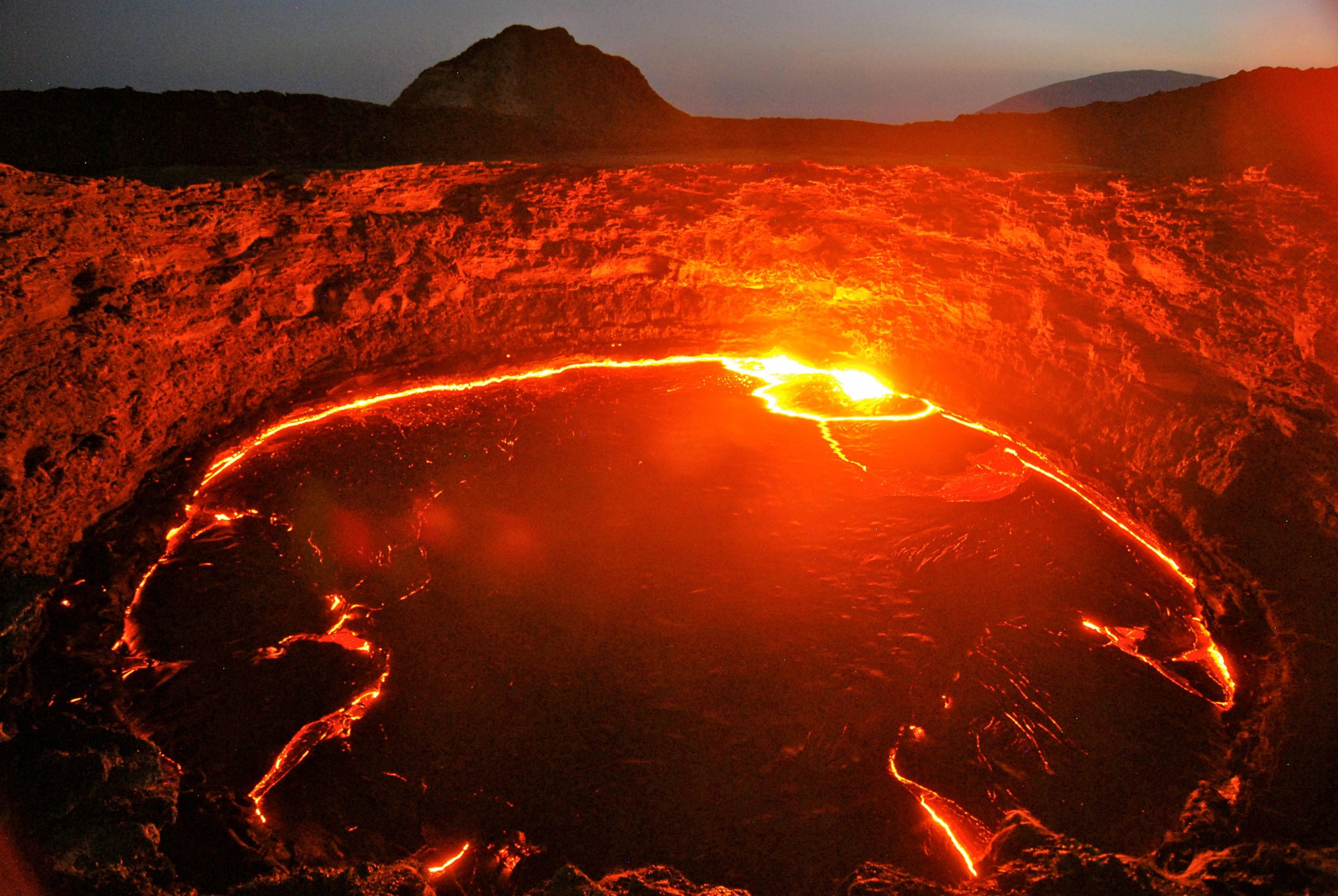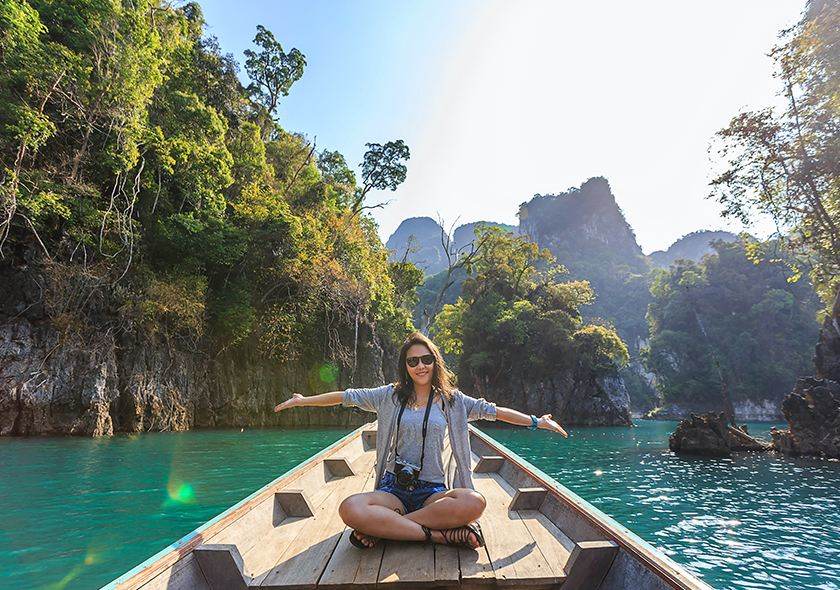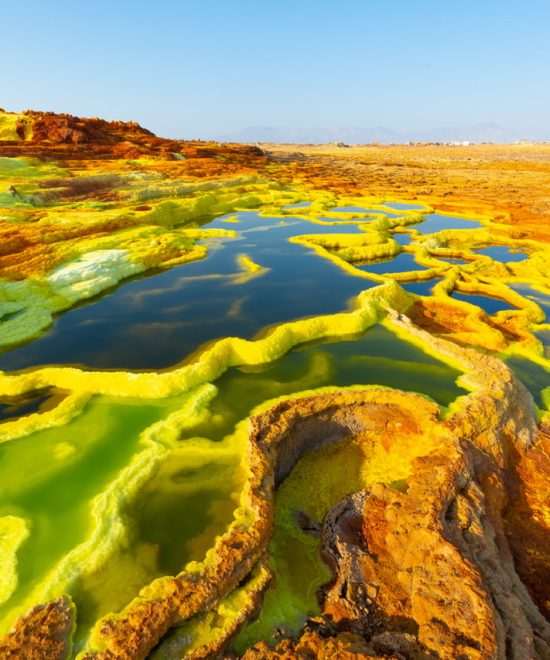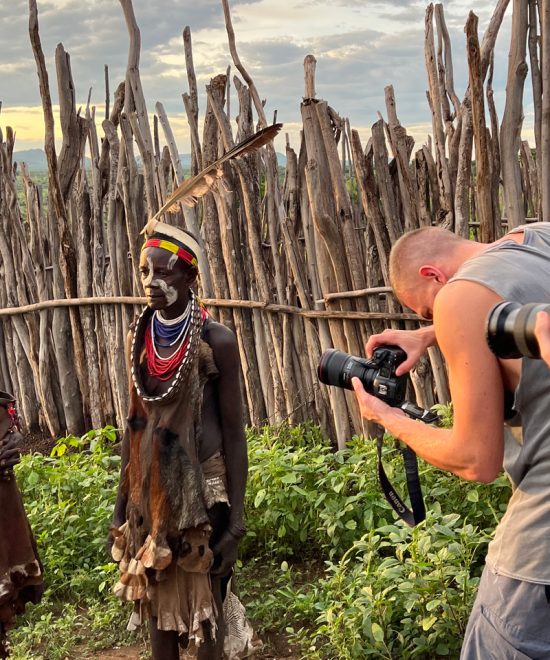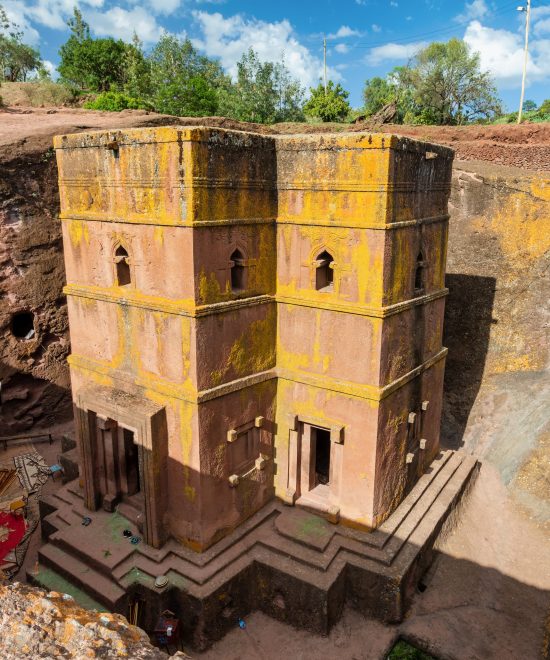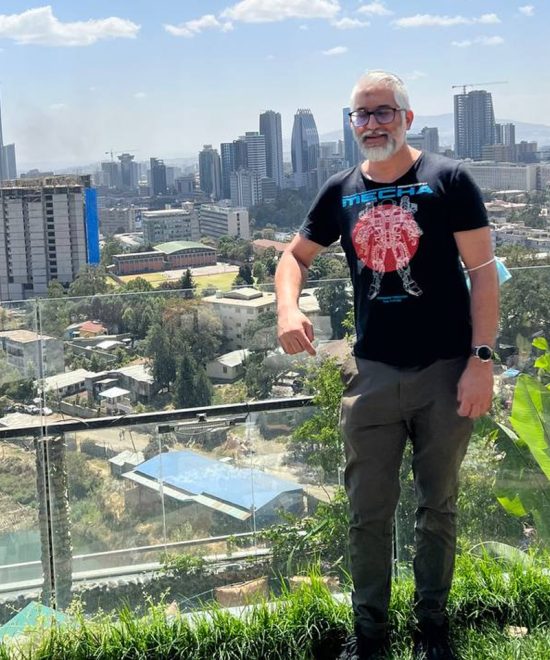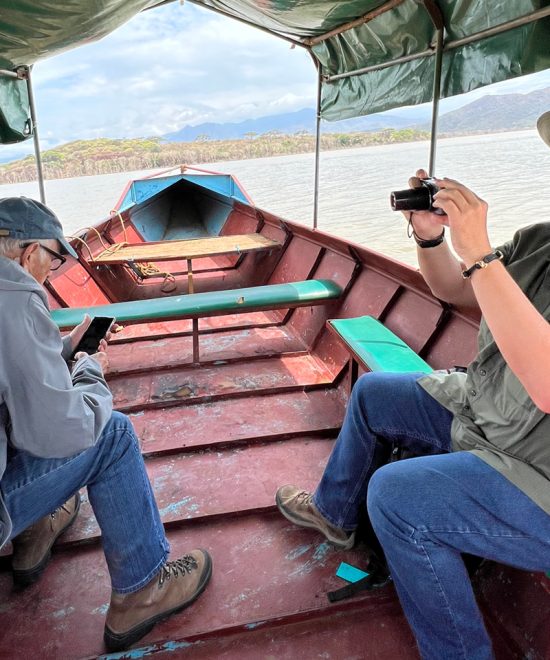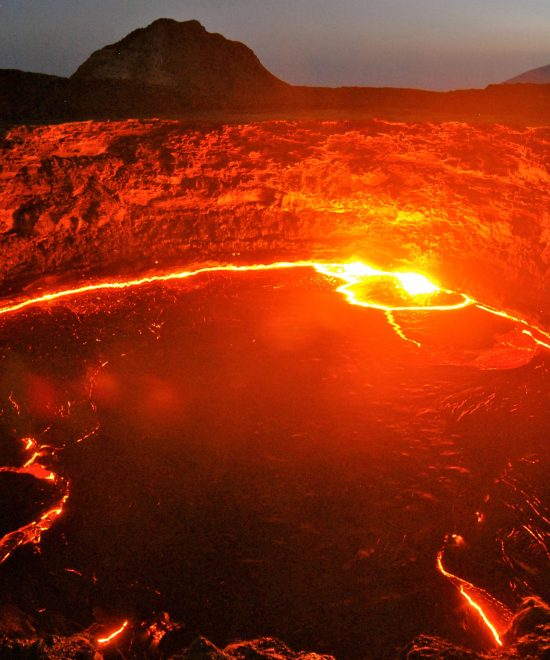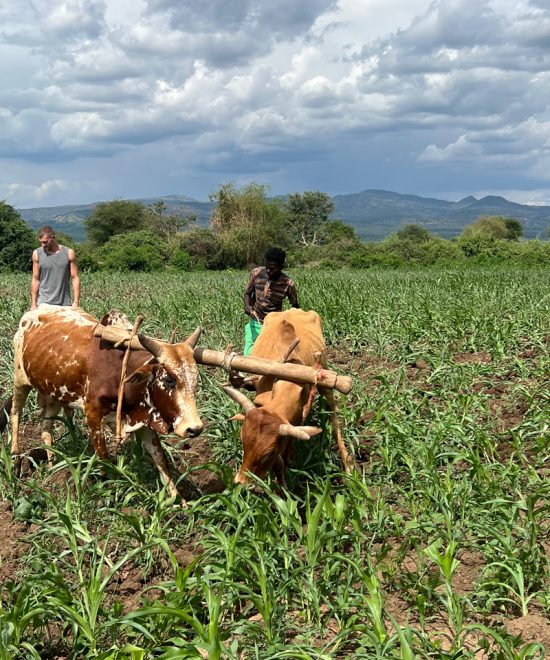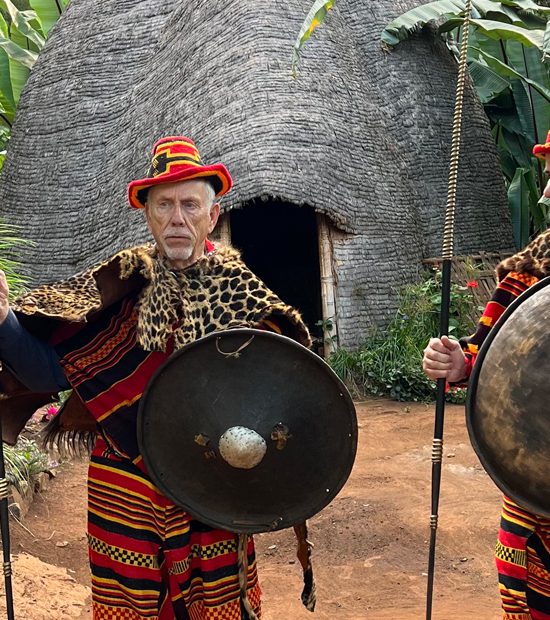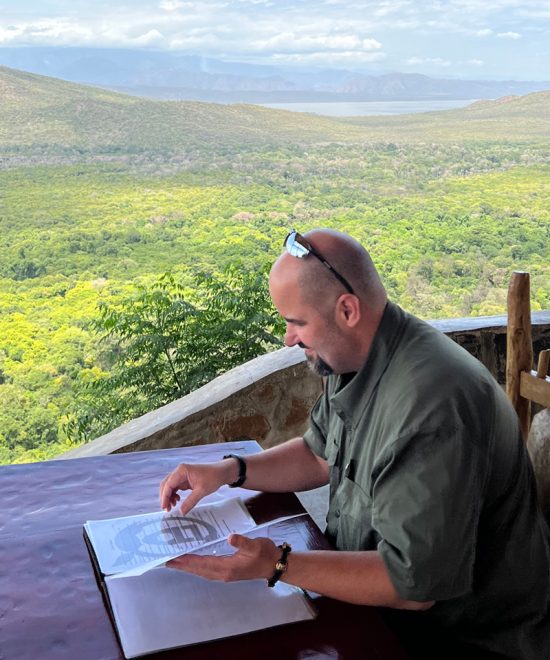
beauty of travel with us!


Adventure Camping
in. Integer leo arcu, mollis amet tempor.
Explore Real Adventure


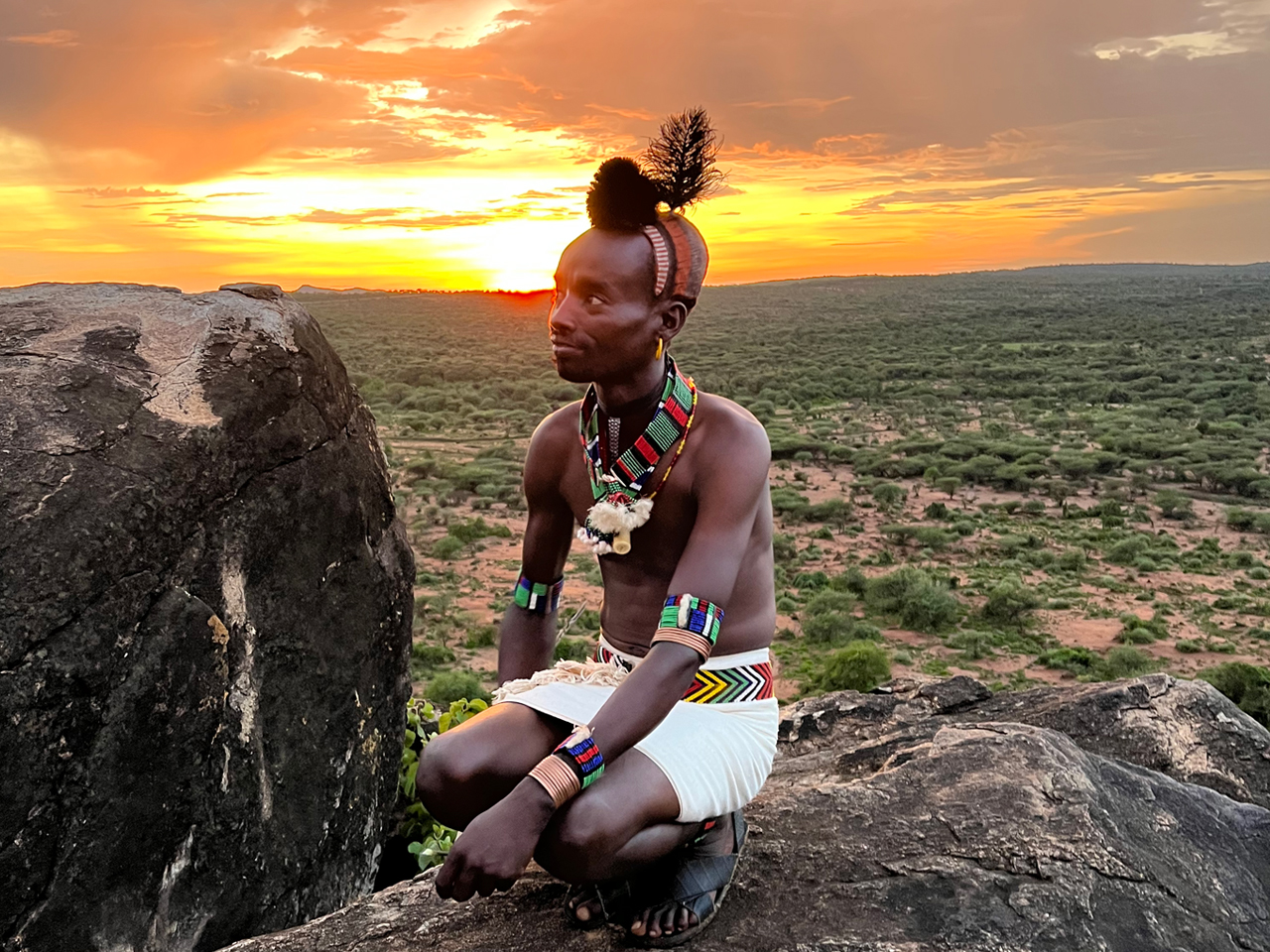
Great opportunity for adventure & travels
Safety first always
Low price & friendly
Trusted travel guide
Feel Real Adventure and Very Close to Nature
City Tour of Addis
Adventure Tour
Trekking
Bird Watching
Car Hire
Festival Tour
Real adventure & enjoy your dream tours
Embark on real adventures and experience the joy of fulfilling your dream tours like never before.
Amazing tour places around Ethiopia
Best Security
Free Internet
Mountain Biking
Business
Travel
Short
Trip
Cooking
Class
Adventure
Tours
Go Exotic Places
ACHIEVEMENTS
Testimonials
-
 Excellent - This guy took care of us!!! My family and I enjoyed everything there was always something to do! Thank you Tes for a great experience!!!!
Excellent - This guy took care of us!!! My family and I enjoyed everything there was always something to do! Thank you Tes for a great experience!!!! 
 lilyt654
lilyt654
May 18, 2021 Great tour! - A great tour company that set us up with a great tour guide Ahsenafi and driver Kidanmariam.
Great tour! - A great tour company that set us up with a great tour guide Ahsenafi and driver Kidanmariam.
The mini van was very comfortable for a group of us and... read more we went to the Adadi Meryam rock cut Church and Tiya Stele. It was a great tour!
 YasminF_11
YasminF_11
March 15, 2023 It was really great with simen land tours with Tess. Friendly, kind, good ideas what to see- having fun. Wonderful experience doing the tour in Addis Ababa.
It was really great with simen land tours with Tess. Friendly, kind, good ideas what to see- having fun. Wonderful experience doing the tour in Addis Ababa.
Thank you- best... read more from Klaus
 124klausr
124klausr
July 4, 2023 -
 Outstanding - We traveled with groups in December 2022. It was a great trip with the perfect locations and amazing views organisations. Our guide Tess was very Acquainted about everything and... read more looked after each and every one of us since we were a large group(15 people) We are so thankful for simen land tours and for every staff members who makes our journey Remarkable! Thank you,Hope to see you again!
Outstanding - We traveled with groups in December 2022. It was a great trip with the perfect locations and amazing views organisations. Our guide Tess was very Acquainted about everything and... read more looked after each and every one of us since we were a large group(15 people) We are so thankful for simen land tours and for every staff members who makes our journey Remarkable! Thank you,Hope to see you again! 
 Lee_Shekib
Lee_Shekib
December 26, 2022 I went to Ethiopia for a business trip and thats where I came across Simen Land Tours. I got the opportunity to plan a tour guide within Addis Ababa and... read more the Simen Land Tours did the best for me and my colleague. We visited Entoto Mountain, the Church, Palace, museums and many more beautiful places. Everything was planned. People at the museums and Palace were already informed that we are coming. So, they did all arrangements and expected us. The lunch was awesome at Monarch. Stunning view at the restaurant. The service was top. Very welcoming, caring and livelyy..
I went to Ethiopia for a business trip and thats where I came across Simen Land Tours. I got the opportunity to plan a tour guide within Addis Ababa and... read more the Simen Land Tours did the best for me and my colleague. We visited Entoto Mountain, the Church, Palace, museums and many more beautiful places. Everything was planned. People at the museums and Palace were already informed that we are coming. So, they did all arrangements and expected us. The lunch was awesome at Monarch. Stunning view at the restaurant. The service was top. Very welcoming, caring and livelyy..
I intend to go again and to plan a guided trip with Simen Land Tours. This time outside of Addis to discover Ethiopia
 AnshineeR
AnshineeR
January 30, 2023 Thanks for a beautiful end to my stay in Addis - We got a chance to breathe the fresh air and take in the breathtaking views from Entoto Mountain, have a spiritual mini retreat at St Mary s Church, enjoy a... read more tasty lunch at Monarch which hides itself amongst trees, plants, enchanting background music and an overall fantastic setting, and a few other sites which we managed to visit in less than 7 hours or so as we had to be at the airport by 8pm. Overall highly recommended and now I have yet another very good friend from across the continent!
Thanks for a beautiful end to my stay in Addis - We got a chance to breathe the fresh air and take in the breathtaking views from Entoto Mountain, have a spiritual mini retreat at St Mary s Church, enjoy a... read more tasty lunch at Monarch which hides itself amongst trees, plants, enchanting background music and an overall fantastic setting, and a few other sites which we managed to visit in less than 7 hours or so as we had to be at the airport by 8pm. Overall highly recommended and now I have yet another very good friend from across the continent! 
 sajjidm2023
sajjidm2023
February 8, 2023 -
 They organised a fantastic day trip for us out of Addis - I was in Addis Ababa with colleagues on a work visit and we had one day off to see as much possible. Simen Land Tours organised a wonderful guide... read more for us (Ashenafi) and we spent the day in the countryside, seeing a rock-hewn church, a Sunday market (not a tourist one, but a genuine working market) and archaeological sites. Great day out - we enjoyed it and learnt a lot!
They organised a fantastic day trip for us out of Addis - I was in Addis Ababa with colleagues on a work visit and we had one day off to see as much possible. Simen Land Tours organised a wonderful guide... read more for us (Ashenafi) and we spent the day in the countryside, seeing a rock-hewn church, a Sunday market (not a tourist one, but a genuine working market) and archaeological sites. Great day out - we enjoyed it and learnt a lot! 
 Ceri O
Ceri O
March 14, 2023 We went on a 3-day trek in the Simien Mountains in 10 December 2022 and had the most amazing time. Simen Land tour was very helpful and accommodating from the... read more beginning, and everything was well organized and smooth . Our guide was an absolute amazing Highly recommended to anyone who likes an adventures of
We went on a 3-day trek in the Simien Mountains in 10 December 2022 and had the most amazing time. Simen Land tour was very helpful and accommodating from the... read more beginning, and everything was well organized and smooth . Our guide was an absolute amazing Highly recommended to anyone who likes an adventures of 
 izzyg497
izzyg497
December 22, 2022 -
 Exploring Ethiopia with Simen Land Tour: A Memorable Experience - I recently went on a tour with Simen Land Tour and travel company that operates in Ethiopia. As someone from Addis Ababa, I was excited to explore more of... read more my country. The tour was well-organized and the guide was knowledgeable about the history and culture of each place we visited. One of the highlights was visiting the ancient rock-hewn churches in Lalibela. The guide shared fascinating stories about the construction and religious significance of these unique structures. We also went on a hiking excursion in the Simien Mountains, where we saw baboons and breathtaking views. Overall, I highly recommend this tour and travel company for anyone looking to explore Ethiopia.
Exploring Ethiopia with Simen Land Tour: A Memorable Experience - I recently went on a tour with Simen Land Tour and travel company that operates in Ethiopia. As someone from Addis Ababa, I was excited to explore more of... read more my country. The tour was well-organized and the guide was knowledgeable about the history and culture of each place we visited. One of the highlights was visiting the ancient rock-hewn churches in Lalibela. The guide shared fascinating stories about the construction and religious significance of these unique structures. We also went on a hiking excursion in the Simien Mountains, where we saw baboons and breathtaking views. Overall, I highly recommend this tour and travel company for anyone looking to explore Ethiopia. 
 Melat K
Melat K
April 13, 2023 Amazing Hospitality - I loved Tess hospitality I went to the south omo valley for 8 days and visited gonder and simen mountain for 7 days was definitely the best time of my... read more life appreciate Tess and the rest of his staff
Amazing Hospitality - I loved Tess hospitality I went to the south omo valley for 8 days and visited gonder and simen mountain for 7 days was definitely the best time of my... read more life appreciate Tess and the rest of his staff 
 JaylonBayly
JaylonBayly
December 22, 2022 Hiking - We did five days trekking on the Simian Mountain.
Hiking - We did five days trekking on the Simian Mountain.
Views are breathtaking. We went with simen land tours.
Everything well organized , tents and mountain equipment the food were great!our... read more guide, Mr/Getnet and the chef's helpful !
We had a great time. everything is went exactly as planned
 rapdollk
rapdollk
December 30, 2022 -
 Fantastic - My husband and I went to Ethiopia for a brief business trip. Once we are there we decided to look in on the southern part of Ethiopia, which is the... read more Omo river, and the 8 tribes with their own diverse lifestyles. Donga stick fight ceremony, Surma tribe women's lip plate and there are substantially more things we encountered. In general, it's a cultural living museum. we are appreciative of the Simen land tour company to create a satisfactory journey for us!
Fantastic - My husband and I went to Ethiopia for a brief business trip. Once we are there we decided to look in on the southern part of Ethiopia, which is the... read more Omo river, and the 8 tribes with their own diverse lifestyles. Donga stick fight ceremony, Surma tribe women's lip plate and there are substantially more things we encountered. In general, it's a cultural living museum. we are appreciative of the Simen land tour company to create a satisfactory journey for us!
Thank you!
 nejata2023
nejata2023
January 18, 2023 Bishtofu Craters - I took a day trip to the Bishtofu craters. We went for a delicious lunch, boat trip and hike. Tes was very knowledgeable and a pleasure to spend the day... read more with.
Bishtofu Craters - I took a day trip to the Bishtofu craters. We went for a delicious lunch, boat trip and hike. Tes was very knowledgeable and a pleasure to spend the day... read more with.
I’ve returned for my second trip with Simen a few months later!
 W7451PLphiliph
W7451PLphiliph
November 12, 2022 Tremendous - I got the opportunity to travel to Ethiopia With my mother During Winter break,( Which I end up celebrating a New year In a New place) It was tough... read more for us to obtain the right tour operators but we eventually turned out With the Simen land tour And I am gladdened we did. We took off to southern Ethiopia to visit the Omo River, the Alduba village market, and of course the stunning culture of the tribes it was the most priceless Experience ever. we would like to thank Tess and his staff members to make that happen.
Tremendous - I got the opportunity to travel to Ethiopia With my mother During Winter break,( Which I end up celebrating a New year In a New place) It was tough... read more for us to obtain the right tour operators but we eventually turned out With the Simen land tour And I am gladdened we did. We took off to southern Ethiopia to visit the Omo River, the Alduba village market, and of course the stunning culture of the tribes it was the most priceless Experience ever. we would like to thank Tess and his staff members to make that happen. 
 J9011POstephaniea
J9011POstephaniea
January 6, 2023 -
 City Tour Addis Ababa - The City tour was amazing, great company, very safe, friendly. Got way more extras!! Great food too!!!
City Tour Addis Ababa - The City tour was amazing, great company, very safe, friendly. Got way more extras!! Great food too!!! 
 Wadzie K
Wadzie K
March 28, 2023 Amazing - Today I do Hiking to the Simien mountains in Ethiopia, a wonderful place that was my reason for making this new trip to be able to meet the Gelada monkeys,... read more the Walia (a species of mountain goat) and other endemic species of those mountains. I also visited a very beautiful waterfall. thanks to the Simen Land Tours everything was wonderful & amazing Trip!!!
Amazing - Today I do Hiking to the Simien mountains in Ethiopia, a wonderful place that was my reason for making this new trip to be able to meet the Gelada monkeys,... read more the Walia (a species of mountain goat) and other endemic species of those mountains. I also visited a very beautiful waterfall. thanks to the Simen Land Tours everything was wonderful & amazing Trip!!!
I’ll recommend this company for everyone who wants do trekking.
 jorditess
jorditess
December 19, 2022 Great experience with Simien land tours - being in ethiopia for the first time, I was amazed by the countrys extensive culture and history. Tess from simien land tours was a GREAT guide and made me appreciate... read more the experience so much more. would recommend this tour company for anyone looking to travel to and within ethiopia!!!
Great experience with Simien land tours - being in ethiopia for the first time, I was amazed by the countrys extensive culture and history. Tess from simien land tours was a GREAT guide and made me appreciate... read more the experience so much more. would recommend this tour company for anyone looking to travel to and within ethiopia!!! 
 185khadarg
185khadarg
March 24, 2021

